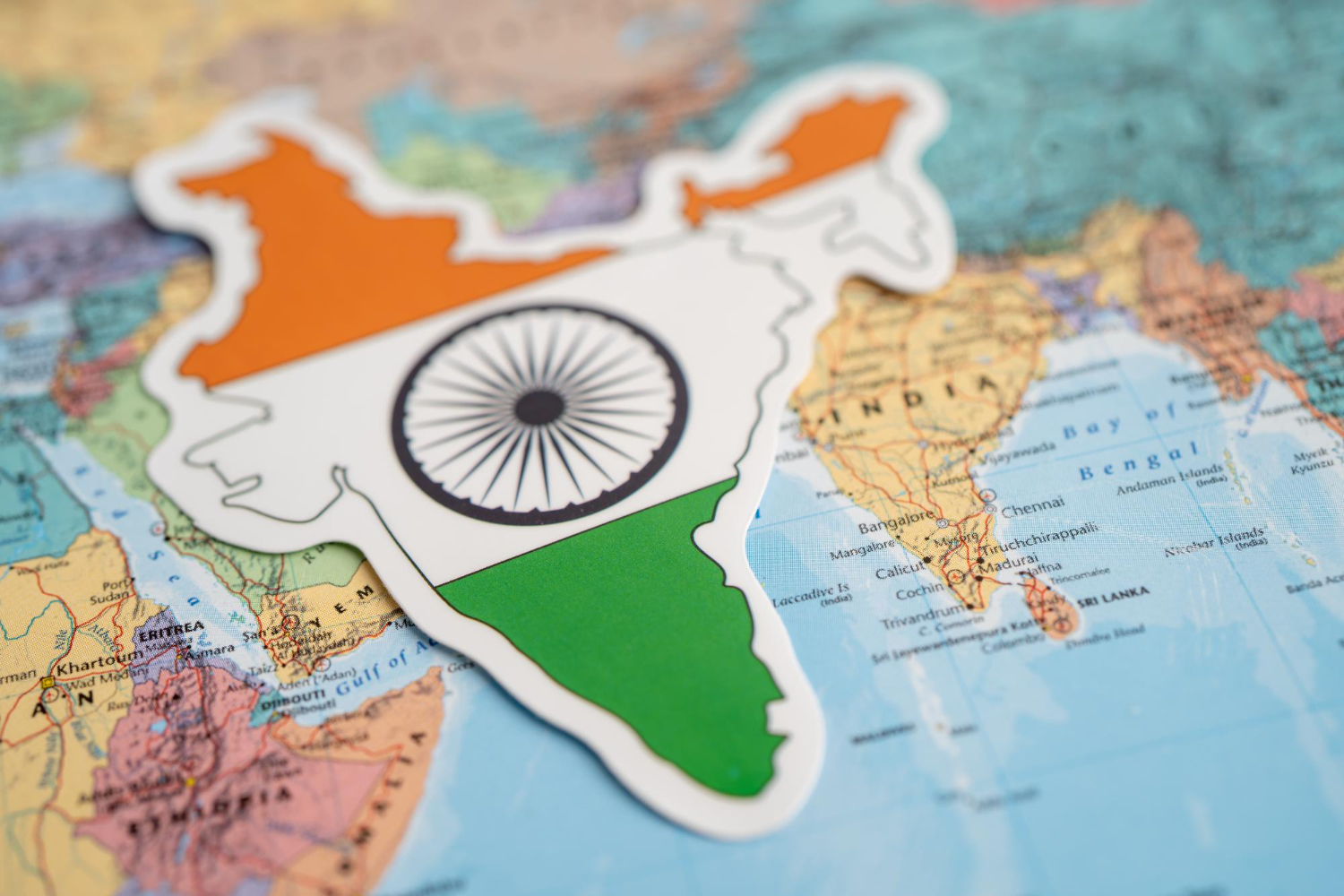Today’s blog is all about India. Did you know that India has the world’s largest written constitution? Currently, it contains a total of 12 schedules and 448 articles in 25 parts. Originally, though, the Indian constitution contained only 395 articles that were divided in 22 parts and had only 8 schedules. As and when new constitutions are amended, they simply get added under the original articles with suffixes. The most important thing to know about this is that in the article 239 to 241, the Union Territories of India provisions are mentioned. Was this not interesting?
Here comes more. So, what are Union Territories?
What do you mean by a Union Territory?
A union territory is a gubernatorial division in the Republic of India. The difference is that the states of India have their own governments, but union territories are federal territories governed by the Union Government of India in part or in whole. The heritage and cultures in India are so vast and rich it almost makes us proud to be a part of this country every time we hear or talk about it. Learning in-depth about all Union Territories of India is only going to make prouder and feel more love and have more respect for our country.
Children learn as they watch their elders and their surroundings. Hence, it is important that we abide by and follow the passion towards our country with respect. As parents and educators, we must teach our children about our country and all about its amazing history. It is important that they know how this freedom was achieved and how all these Union Territories of India were formed. In this blog, we will learn about all Union Territories of India and the names of Union Territories in India.
Firstly, in Union Territories, the Central Government appoints the deputy (LT) Governor, the administrator, and the representative of the President of India. Currently, there are eight Union Territories in India as of 2022. History unravels as we look through the names of Union Territories of India: Jammu and Kashmir, Delhi, Chandigarh, Puducherry, Andaman and Nicobar Islands, Ladakh, Lakshadweep Islands, and Dadra and Nagar Haveli and Daman and Diu.
As of now, Puducherry and Delhi have an elected legislature and government that is an exception. They were given partial statehood under a specific Constitutional Amendment. Puducherry was called Pondicherry and named by the French until the name was officially changed to Puducherry in 2006. So, let us understand the difference between a state and a Union Territory in India.
Difference between a State and a Union Territory
So, the states have a separate government, which fragments the constituent division. The states have their own elected governments that grant the laws for the governments in power. The legislative and executive powers are then distributed in the states, which have a federal connection with the central government. The Constitutional Head of the state is called a Governor. The Chief Minister elected by the people regulates the state. The states in India are larger than the Union Territories of India.
Now that we know so much about how the states functions, lets us have a look at how the Union Territories function.
How does a Union Territory Functions?
A Union Territory is basically a small controlling governmental unit that is ruled by the union. The Central Government of India administers and controls all Union Territories of India. The Union Territories have an integrated relation with the Central Government of India, it gives all the executive powers to its Union. The Executive Head of a Union Territory is the President of India. The Union Territory is established by an administrator whom the President chooses. Union territories are rather smaller when compared to the states in India.
For your reference here is a list of all the name of union territories in India and their capitals.
List of Union Territories of India with their Capitals
|
Union Territory |
Capitals |
|
Andaman and Nicobar Islands |
Port Blair |
|
Puducherry |
Puducherry |
|
Lakshadweep |
Kavaratti |
|
Chandigarh |
Chandigarh |
|
Dadra and Nagar Haveli and Daman & Diu |
Daman |
|
Jammu & Kashmir |
Srinagar and Jammu |
|
National Capital Territory of Delhi |
Delhi |
|
Ladakh |
Leh |
The best part is that in this large constitution, Dr. B. R. Ambedkar wrote the Indian Constitution. The constitution is a legal document that delineates the fundamental rights and duties of the citizens of India. So, let us understand which part of the Indian Constitution deals with all Union Territories of India.
So, let us understand why India is divided into States and Union Territories.
Why is India divided into States and Union Territories?
Basically, Union Territories have a lower population and land size than a state. Due to being small and independent, they are administered by a Union Government. Here are the reasons why Union Territories and States are divided:
The Union Territories were ruled by the French and the Portuguese. The French ruled Puducherry, then known as Pondicherry, and the Portuguese ruled Daman and Diu, and hence these territories have a very perceptible culture that is different from other states and Union Territories. Therefore, these Union Territories are not merged with the states around them. The capital of India is Delhi, and the controlling capital of both Punjab and Haryana is Chandigarh.
In a state of an emergency, the Andaman & Nicobar and Lakshadweep islands are directly governed and acted upon by the Indian government as they are located far from any landmass in India, and it helps strategically and is essential to India.
Interesting Facts About All Union Territories of India
- The Union Territories of Indian that have a Legislative Assembly and a council of ministers is Delhi and Puducherry.
- Lakshadweep being the smallest Union Territory of India, it has a total of 36 islands with an area of 32 sq. km.
- Largest Union Territory of India is Andaman and Nicobar Island with an area of 8249 sq. km.
Also Read: Embracing Diversity in School.
As of 2022 India has 28 states and 8 Union territories. Every different state and Union Territories in India are divided and has its own government. India is a multi-cultural country, and its diversity and uniqueness spreads to every corner of this land. We Indians speak a total of 22 known languages. Our traditions and cultures are key to our future generations, and our history is so rich and is so nourishing that at EuroSchool, we emphasize on cultural training for students. Our country is colorful and the festivals are as bright and loud just as our heritage. With pride, we call ourselves Indians, and for every child in India, Bharat is an emotion.









